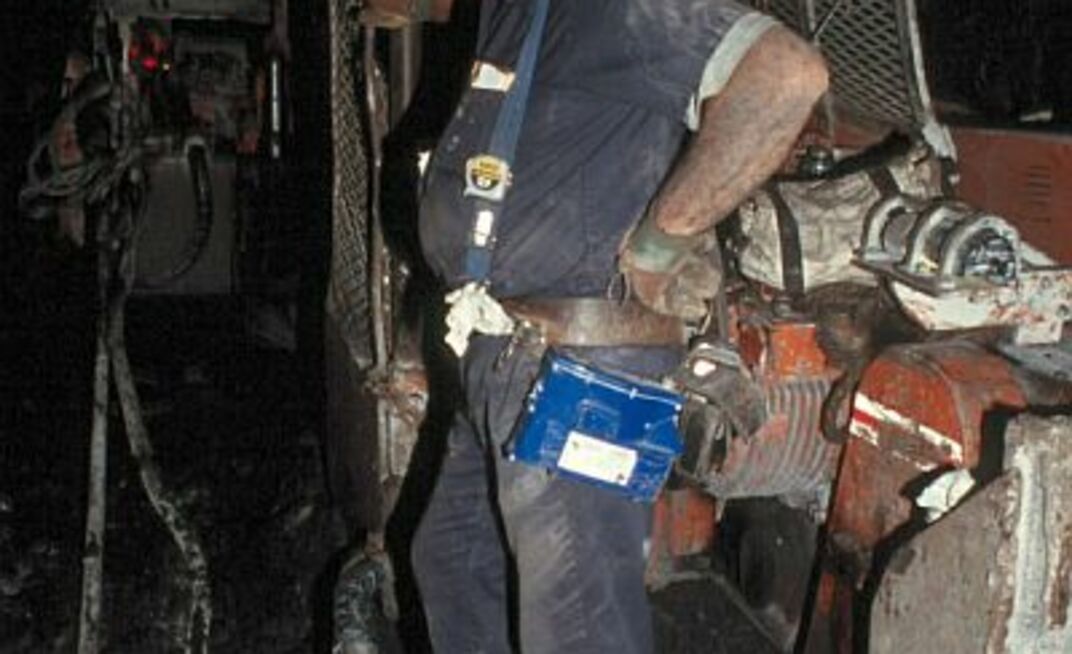Regardless of what is being mined, respirable dust is a major concern for workers. With potential health problems such as pneumoconiosis (black lung) a major issue for coal miners, reducing workers’ exposure is a constant priority.
Mining engineer Andy Cecala, mechanical engineer Doug Pollock, and section chief Jay Colinet of the Respiratory Hazards Control Branch of the NIOSH Pittsburgh Research Laboratory are working with a technology that has proven to do just that in silica operations.
While silica and coal obviously have different properties, many factors about their dust and the impact each has on workers who inhale it are somewhat similar.
Cloinet said that according to current Mine Safety and Health Administration (MSHA)standards, permissible coal dust exposure is 2 milligrams per cubic meter, while silica is approximately 20 times lower.
In addition to the explosion hazards inherent in coal dust, Cecala said prolonged exposure to respirable dust will also take its toll – two issues the cleaning technology will help to curb.
Currently, Cecala and Pollock have been putting the finishing touches on a clothes-cleaning system for use at metal/nonmetal mining operations thanks to the cooperation of Unimin, the largest silica producer in the United States.
The researchers chose silica because of its toxicity level over other materials and because the current cleaning method is burdensome – consisting of a high efficiency particulate air (HEPA) filter vacuum that workers must manually move across their body.
The NIOSH clothes-cleaning system consists of four parts; a booth, an air reservoir, an air spray manifold and an exhaust ventilation component. The cleaning booth is under negative pressure to contain all of the dust particles removed from the worker’s clothing before exhausted to a baghouse dust collector.
Two federal regulations pertain to this technology. The first states that compressed air being put forth shall not be directed at a person unless all the necessary precautions are taken to prevent injury. Secondly, according to OSHA standards, compressed air can only be used for the purpose of cleaning when held below 30psi. In the clothes-cleaning booth, individuals must don protective equipment, including a half-mask respirator, full-seal goggles and hearing protection.
An initial installation of the clothes-cleaning system at a North Carolina operation was completed and approved for use by MSHA. Another installation was tested at a plant in Elco, Illinois in April, which ducts the removed dust outside of the plant.
A third version is also being tested at the NIOSH laboratory in Pittsburgh. This version uses a HEPA filter system to capture the dust removed from the worker’s clothing before exhausting the cleaned air back into the plant. Results for these two modifications should be known within the next six months.
With plans to have this technology implemented into metal and nonmetal operations, are coal mines a possibility down the road? This technology would directly apply to coal preparation plants and possibly underground operations as well.
























